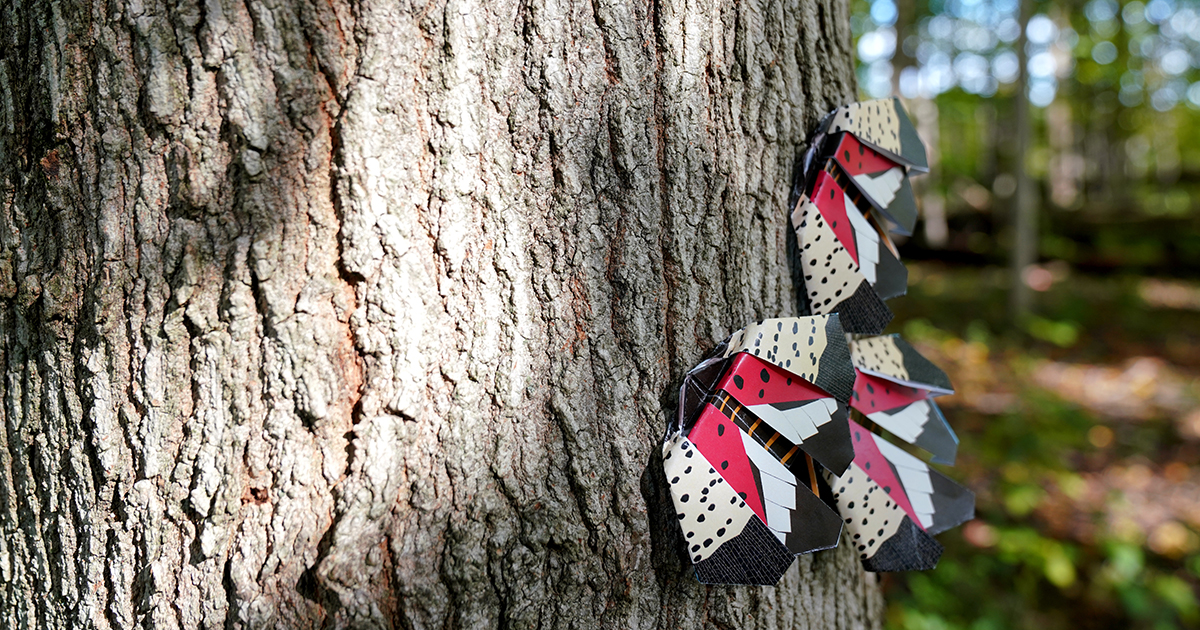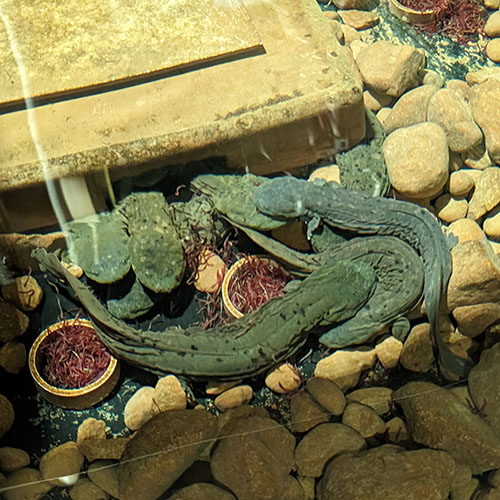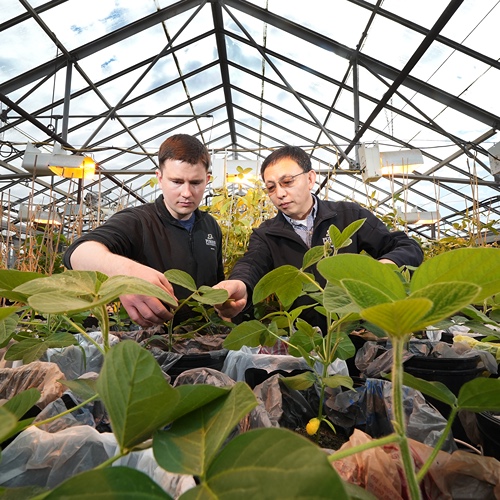A
s travel around the country slowly returns to pre-pandemic levels, experts warn of the possibility of bringing home uninvited guests. They may not ask to crash on your couch, but invasive insects such as the spotted lanternfly could prove to be a real nuisance if they arrive home with you.
Elizabeth Barnes, exotic forest pest specialist in Purdue’s department of entomology, said the spotted lanternfly, a native species of Asia, was first discovered in the United States in 2014 when it was located in Pennsylvania, believed to have made its way to the east coast on imported stone. The insect was officially discovered in Switzerland County, Indiana in July.
Spotted Lanternfly eggs resemble just a splash of mud, Barnes said, making it easy to overlook them on vehicles traveling through states, allowing the invasive insect to hitch a ride home with you, possibly spreading to all your pit stops along the way.
Vibrantly colored with beautiful patterns on its wings, Barnes said telling people the insect needs to be killed can be difficult. After hearing of the nuisance and damage it creates, the job gets a bit easier.

The spotted lanternfly produces something called honeydew, which essentially is sugar water urine that it releases on everything underneath it,” Barnes said. “That attracts things like wasps, bees, ants... I once witnessed a hornet and a yellow jacket fighting over it. The yellow jacket won.”
Still not convinced of the spotted lanternfly’s nuisance? Barnes said talk to Pennsylvania homeowners who have been dealing with the effects of the honeydew discharge for several years.
“When the honeydew dries, it is nearly impossible to get off the surface it’s covering,” she said. “People in Pennsylvania have had to regularly power wash their decks to keep them clean, unless you have all day to scrub it off.”
The spotted lanternfly’s thirst poses a deadly problem for area trees and plants as well, Barnes said. If enough of the insects feed off the sap of a tree, the tree will grow weak making it more susceptible to disease. If a tree is already sick, or if it is a young tree, a spotted lanternfly feeding frenzy could result in death.
“On its list of favorites is black walnut, which a lot of people harvest in Indiana for lumber,” Barnes said.
In Indiana’s efforts to contain and eliminate the spread of the spotted lanternfly, Barnes said much consulting has taken place with Pennsylvania extension, who have now become experts in dealing with the insects. Spraying insecticides that target the spotted lanternfly, tree trunk injections and being vigilant with another invasive species are a few of the ways the DNR and local professionals are combatting insects.
“Tree of heaven, which is an invasive plant, is actually another one of the spotted lanternfly’s favorite host plants,” Barnes said. “So, it’s being used as a trap plant, where they will remove almost all of that plant from a certain area, then treat the small amount left behind with insecticide, so when the lanternflies are drawn in to feed on it, they consume it all and die.”
Another favorite at the top of that list is grapevines, according to Miranda Purcell, viticulture extension specialist. The spotted lanternfly will invade a vineyard, piercing the vines with its cone-shaped mouthpart, sucking the nutrients from the grapevine.
“These insects aren’t only a general nuisance–they are a threat to the wine industry and general agriculture,” Purcell said. “In Switzerland County, Indiana, where the spotted lanternfly spotted this summer there are a handful of wineries, so the threat to southern Indiana vineyards is on our radar.”
Unless residents live in an area confirmed to have spotted lanternfly populations, Barnes said there is no need to spray crops just yet.
“It is something certainly to think about for the future,” she said. “It’s important to be prepared, but identifying if you have tree of heaven on your property and learning how to properly remove that plant is a great precautionary measure.”
Purcell said she works closely with vineyard owners and managers to monitor for the insects, but ensuring the populations currently existing in Indiana remain in check will take more effort beyond the professionals actively working on it. Suspected finds should be reported to the Indiana Department of Natural Resources by calling 866-NO EXOTIC (866-663-9684) or emailing DEPP@dnr.IN.gov, according to its website. Leave your name, contact number and detailed information about what is being reported, along with any photos you can provide.
“If you see one, take a picture because we need to ensure it’s an actual spotted lanternfly and not a similar looking insect,” Purcell said. “Controlling this insect’s growth is going to take a community effort, so plastering images of the spotted lanternfly in as many places as we can is going to be the key to helping stop the spread.”





